




Did you find this useful? Give us your feedback


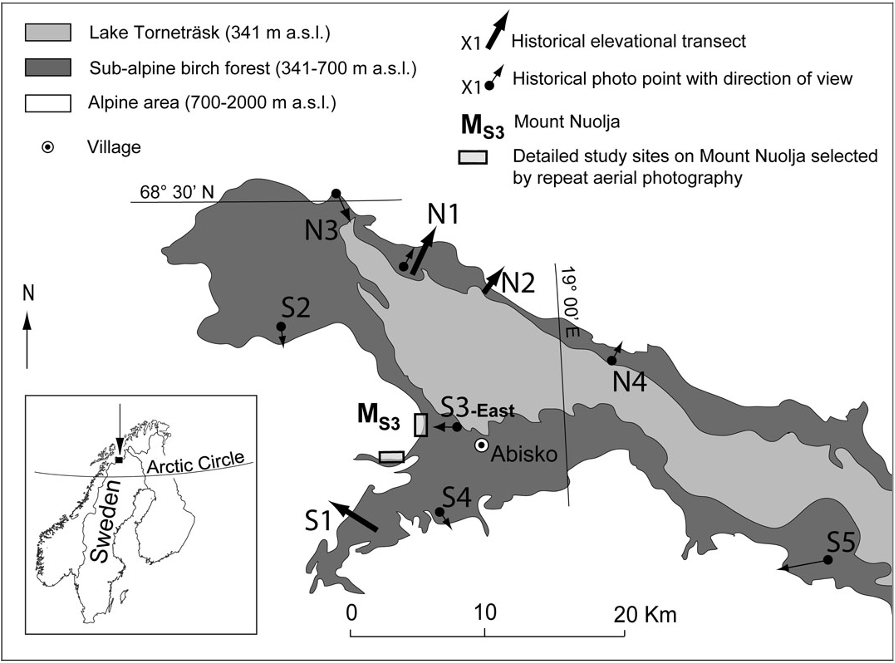
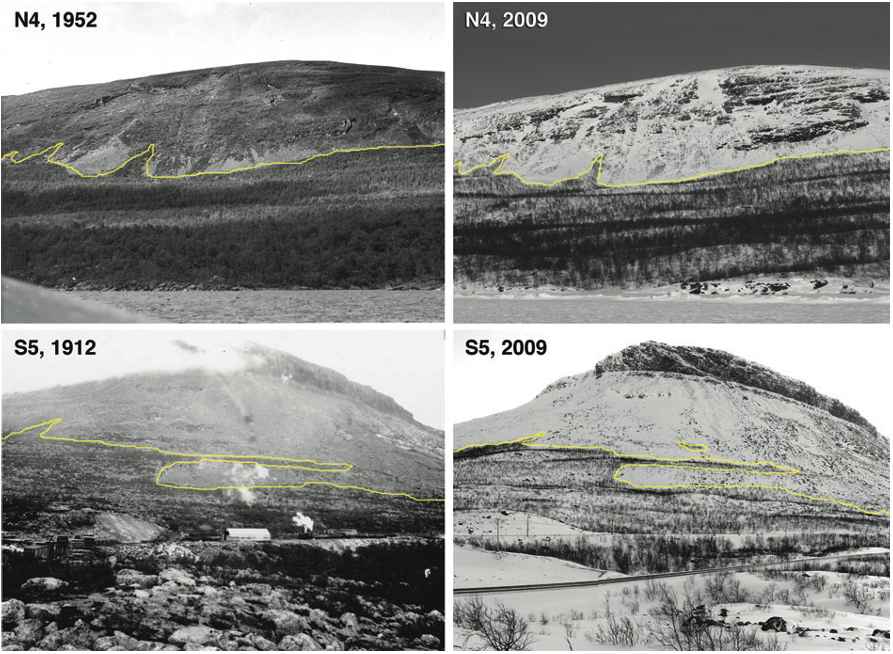
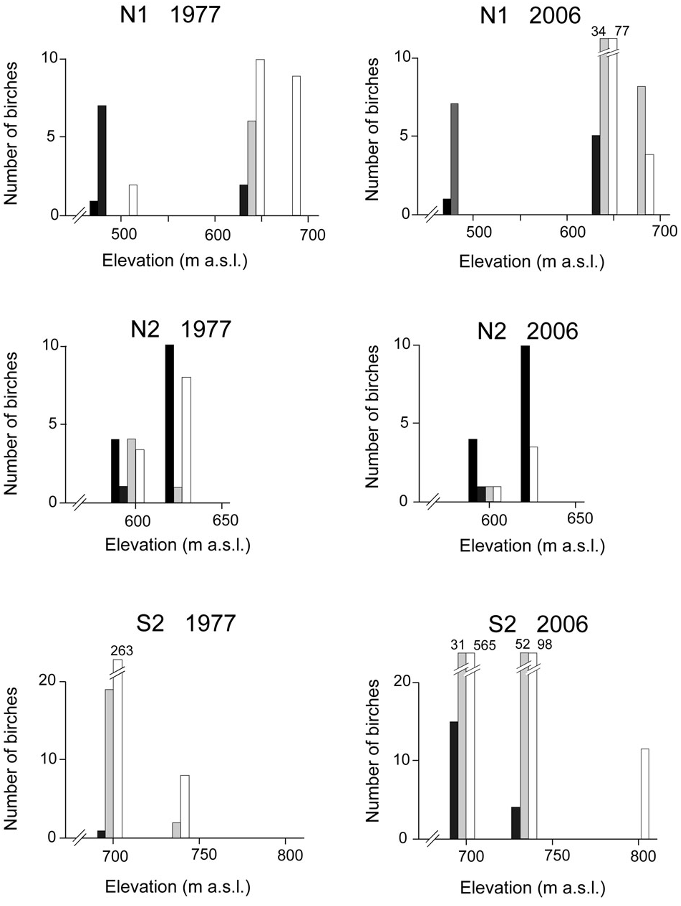
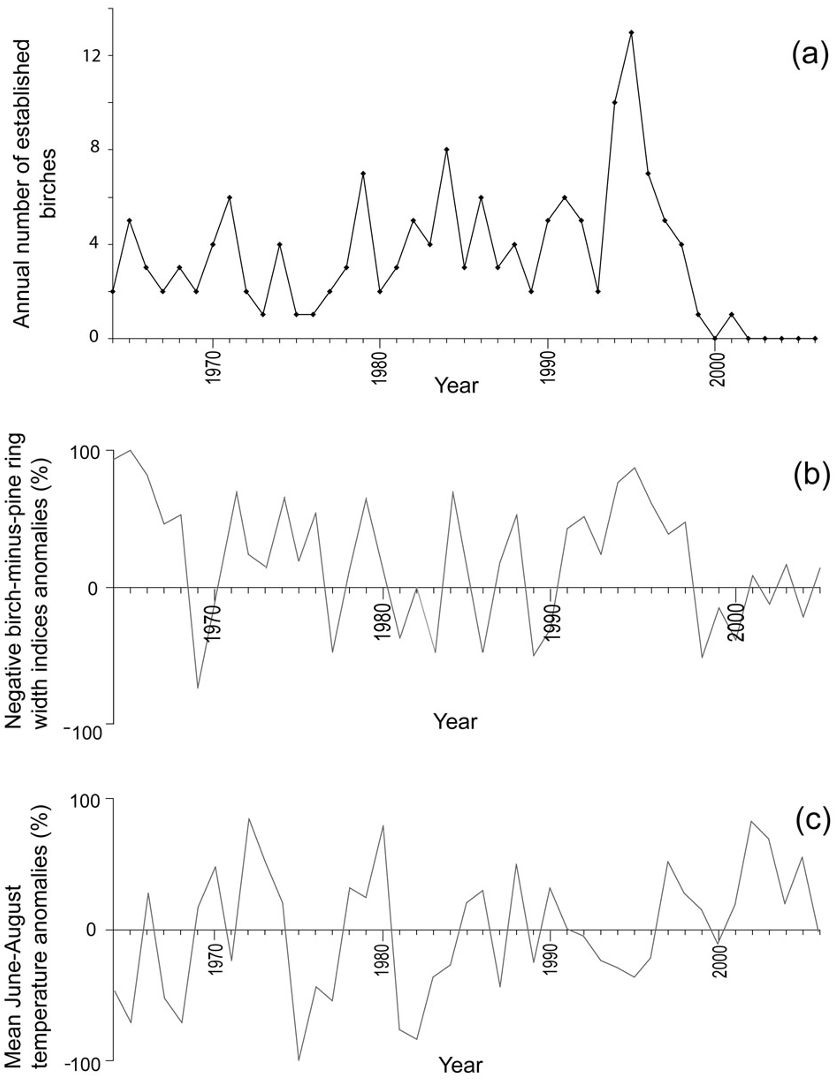
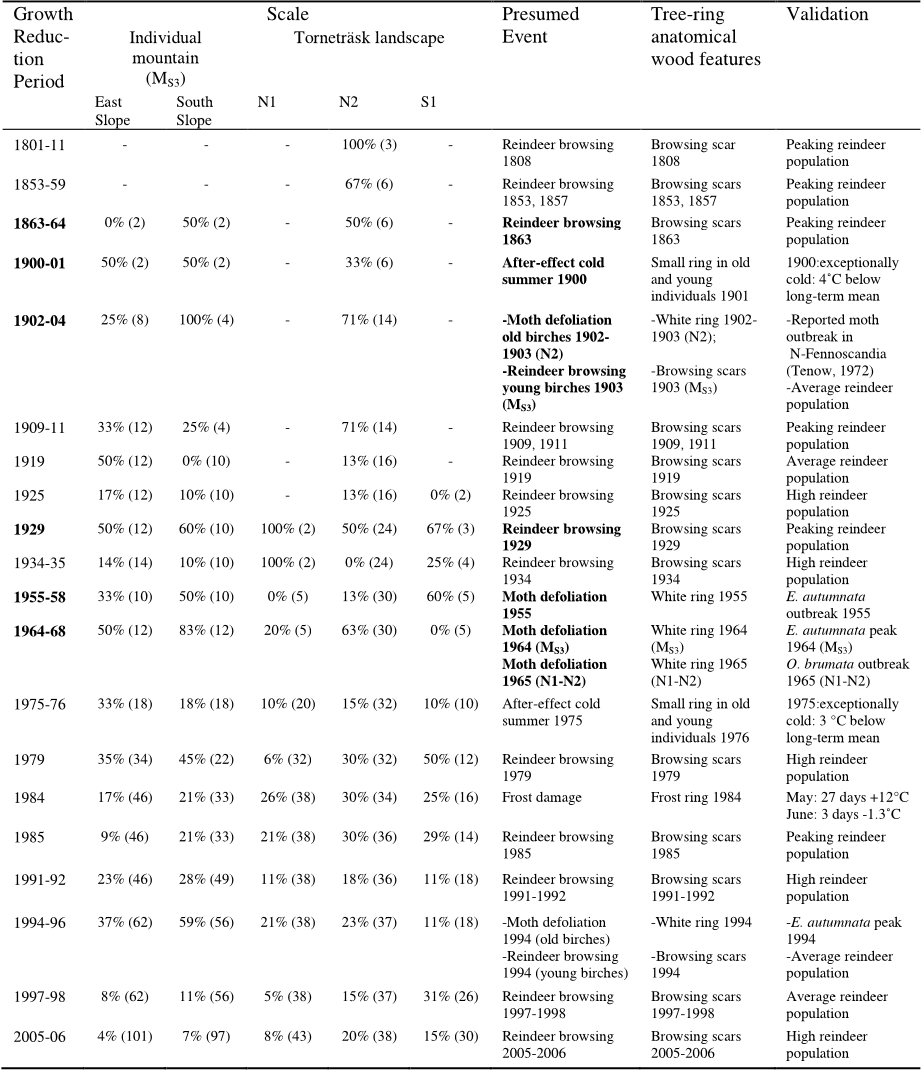
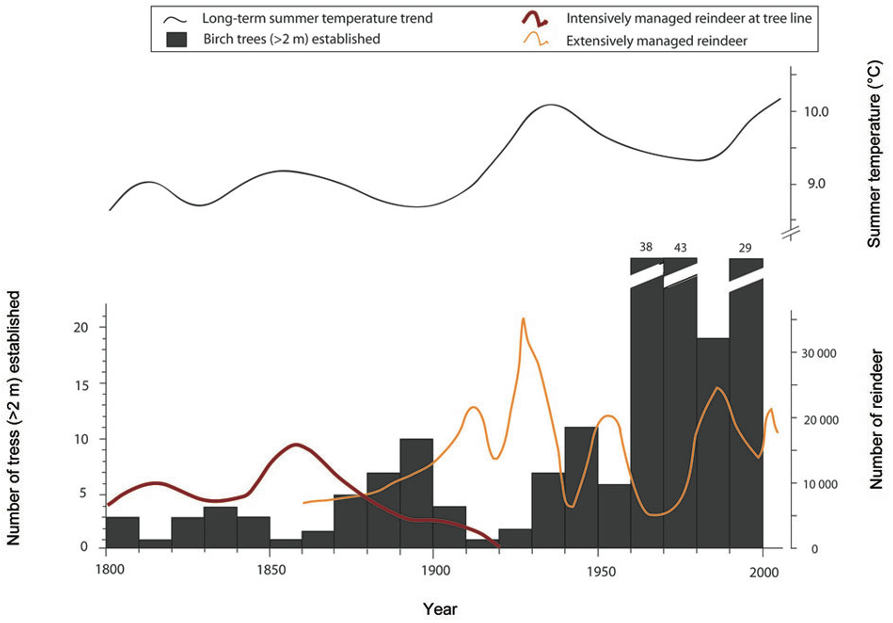
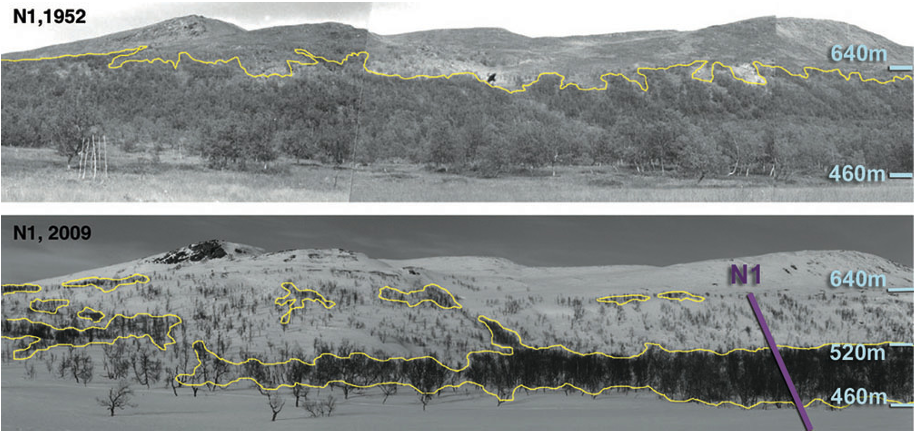





33 citations
...Repeat photography has great value, however, and has been used to assess rates of glacial retreat, and changes in plant growth rates, vegetation composition, and forest cover (Chen et al. 2011; Myers-Smith et al. 2011; Van Bogaert et al. 2011)....
[...]
33 citations
33 citations
...However, there is also a marked local and regional variability of treeline dynamics across the globe, so these percentages may not necessarily apply to smaller scales (see, e.g. Van Bogaert et al. (2011) for the subarctic Scandes)....
[...]
...…outbreaks, invasive pathogens) may determine when treeline advance will occur (Harsch et al. 2009; Ameztegui et al. 2010) or if it will occur at all (Holtmeier et al. 2003; Cairns and Moen 2004; Tomback and Resler 2007; Van Bogaert et al. 2011; Nagy et al. 2013; but see also Batllori et al. 2010)....
[...]
...These commonalities could be a reason for the similar patterns of treeline dynamics observed during recent decades in the two regions, where some treelines advanced and some ecotones became denser (Batllori and Gutiérrez 2008; Van Bogaert et al. 2011)....
[...]
...For instance, changes in land-use or in disturbance regime (i.e. slope processes, livestock and human pressure, insect outbreaks, invasive pathogens) may determine when treeline advance will occur (Harsch et al. 2009; Ameztegui et al. 2010) or if it will occur at all (Holtmeier et al. 2003; Cairns and Moen 2004; Tomback and Resler 2007; Van Bogaert et al. 2011; Nagy et al. 2013; but see also Batllori et al. 2010)....
[...]
32 citations
31 citations
1,775 citations
1,311 citations
1,003 citations
...In contrast to Harsch et al. (2009) who concluded that the role of disturbance during recent climate warming is restricted to determining when tree line advance will occur, this study shows that disturbance and its after-effects may equally well determine ı́f tree line advance will occur at all....
[...]
...As the location of elevational and polar tree lines is mainly caused by heat deficiency, in the Northern Hemisphere climate warming is expected to cause tree lines to advance to higher elevations and more northerly latitudes (Harsch et al., 2009)....
[...]
...…widely held expectations of vegetation responses to warming, i.e. that Arctic tree lines will move northwards and elevational tree lines upslope (Harsch et al., 2009), this study documented highly varying tree line dynamics for the Torneträsk area in sub-Arctic Sweden during a period of…...
[...]
...A global study by Harsch et al. (2009) showed that only 52% of all 166 global tree line sites had advanced over the past 100 years despite documented amplified climate warming at high-elevation areas and northern latitudes (ACIA, 2005)....
[...]
518 citations
334 citations
...In contrast to other studies (Danby & Hik, 2007; Kullman & Öberg, 2009), slope aspect and inclination were not correlated with elevational shifts of the tree line ecotone....
[...]